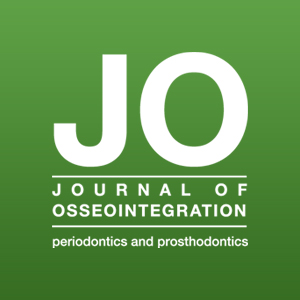Clinical audit on quality of record keeping of dental implant treatment performed by dental professionals

Submitted: 14 March 2023
Accepted: 21 March 2023
Published: 31 March 2023
Accepted: 21 March 2023
Abstract Views: 1052
PDF: 773
Publisher's note
All claims expressed in this article are solely those of the authors and do not necessarily represent those of their affiliated organizations, or those of the publisher, the editors and the reviewers. Any product that may be evaluated in this article or claim that may be made by its manufacturer is not guaranteed or endorsed by the publisher.
All claims expressed in this article are solely those of the authors and do not necessarily represent those of their affiliated organizations, or those of the publisher, the editors and the reviewers. Any product that may be evaluated in this article or claim that may be made by its manufacturer is not guaranteed or endorsed by the publisher.


 https://doi.org/10.23805/JO.2023.571
https://doi.org/10.23805/JO.2023.571








